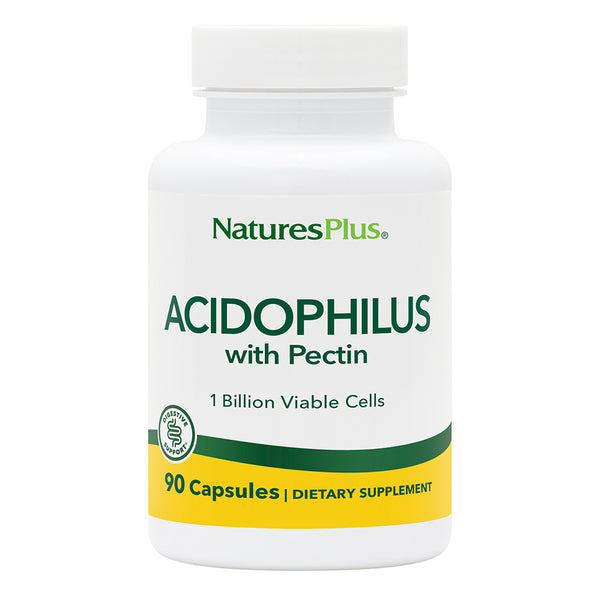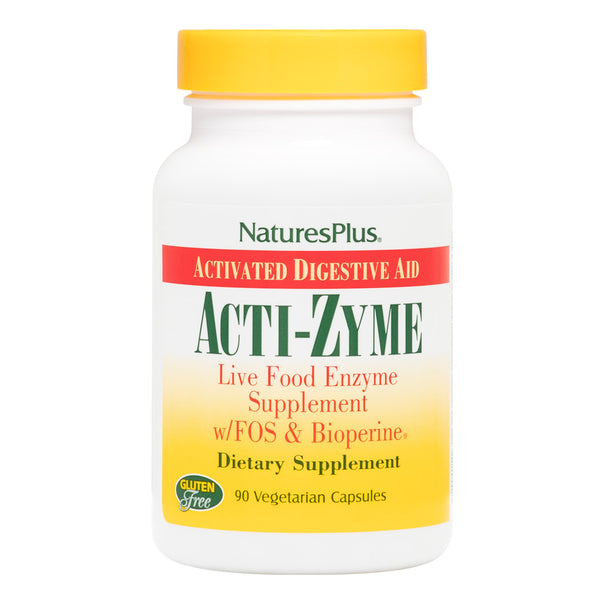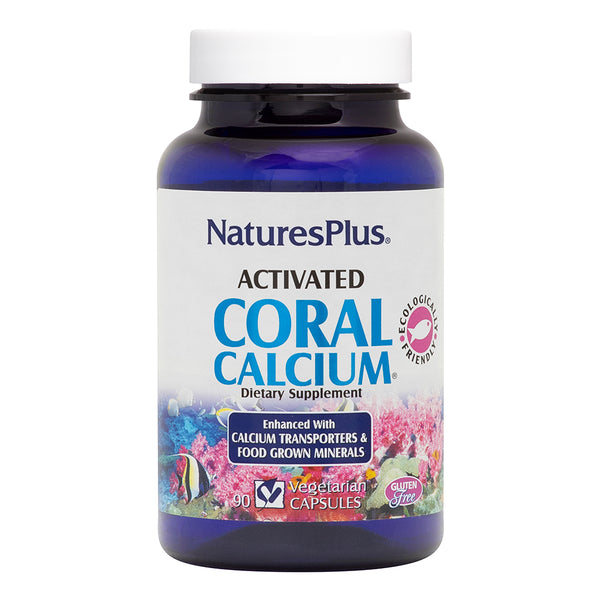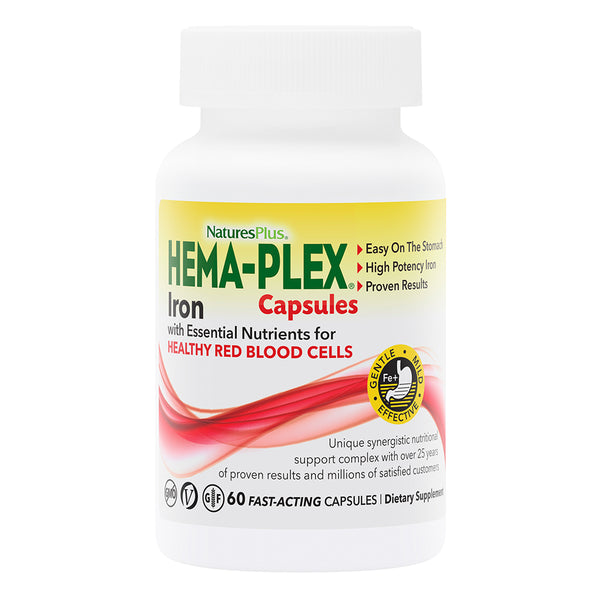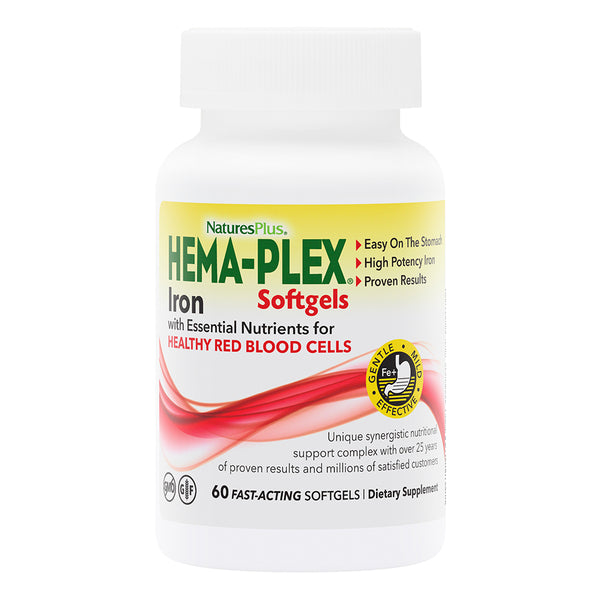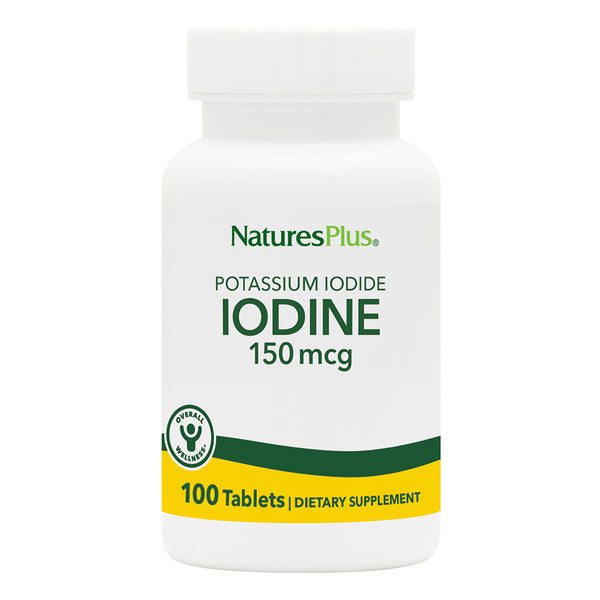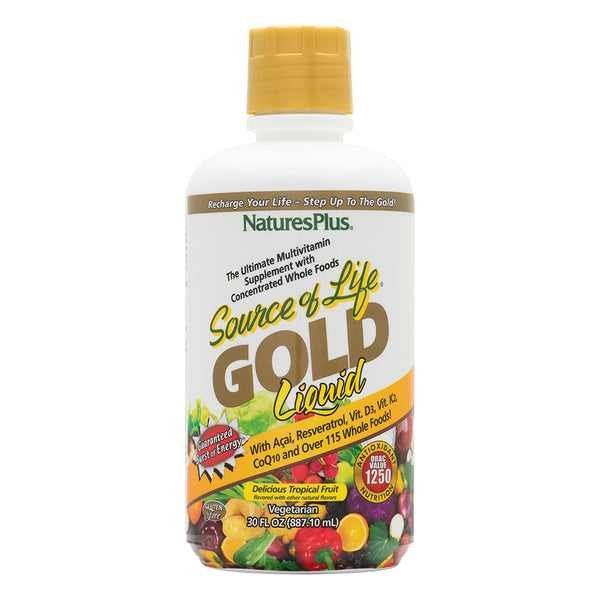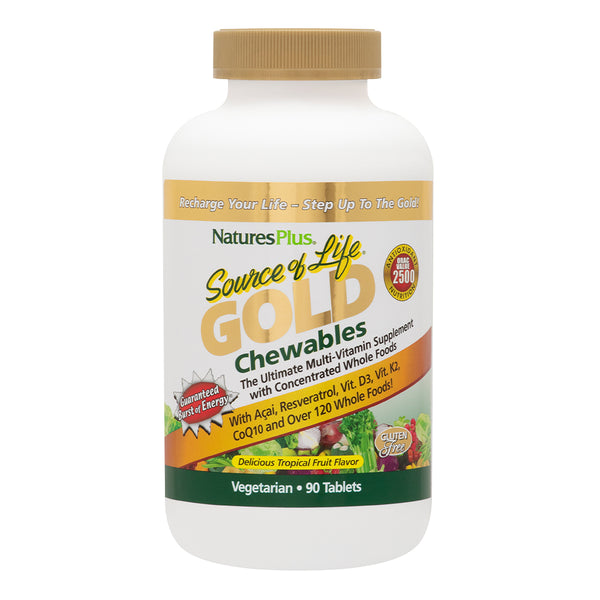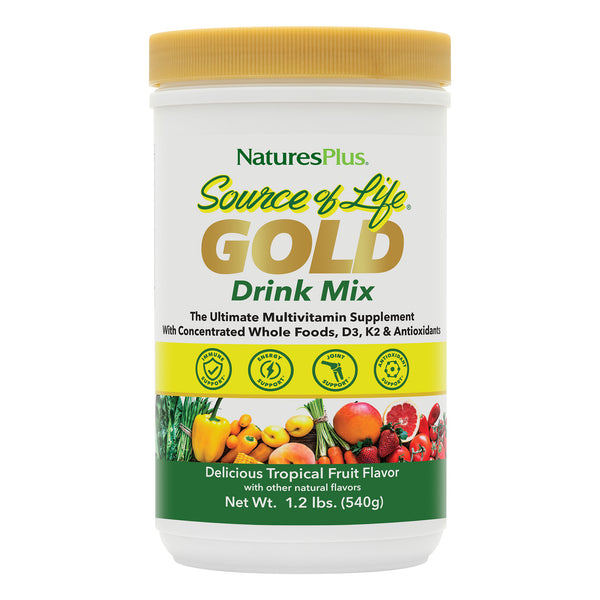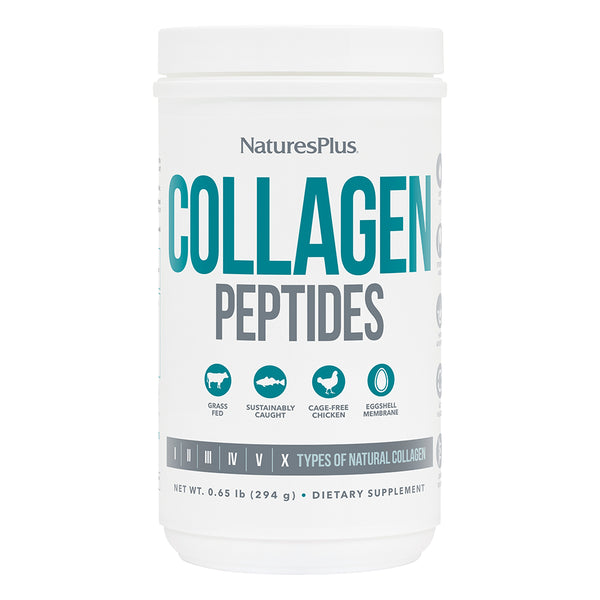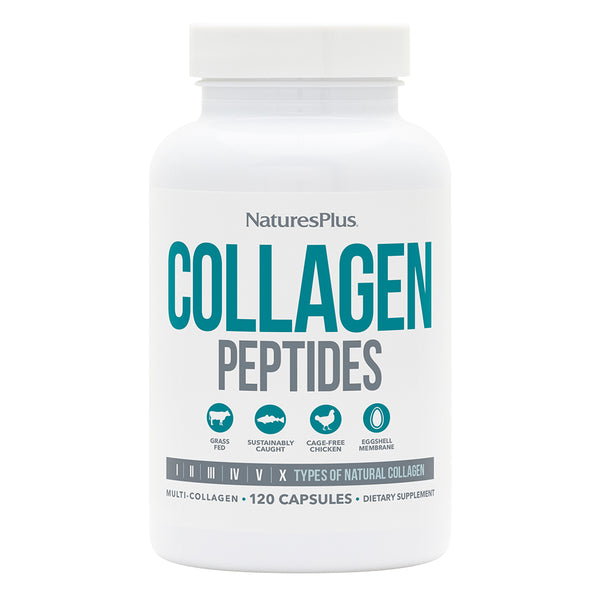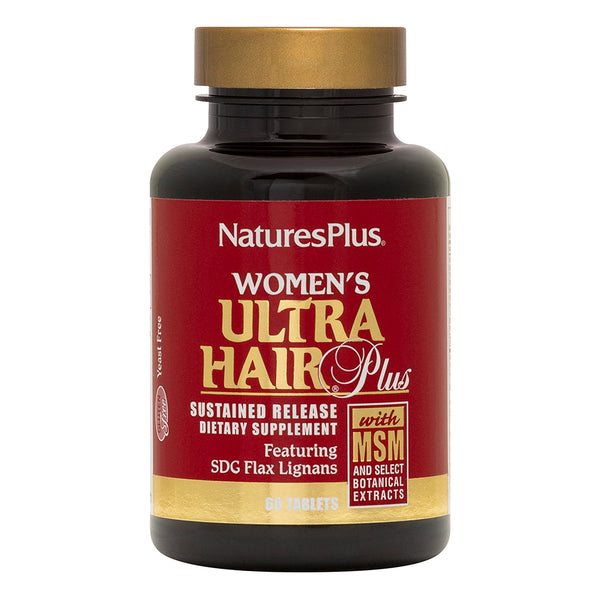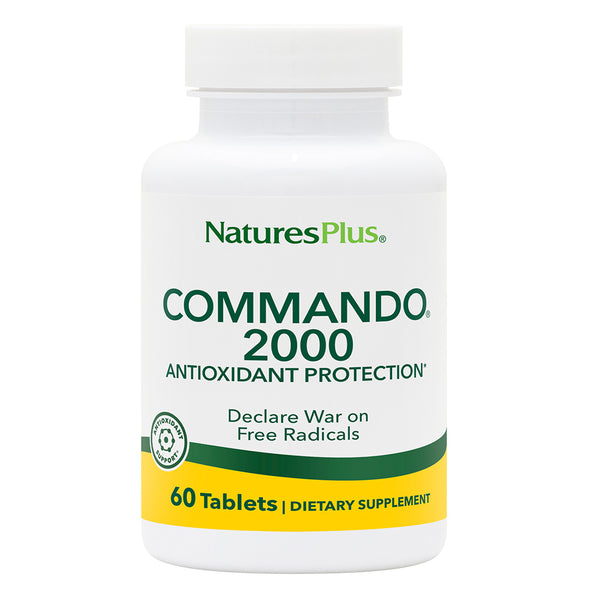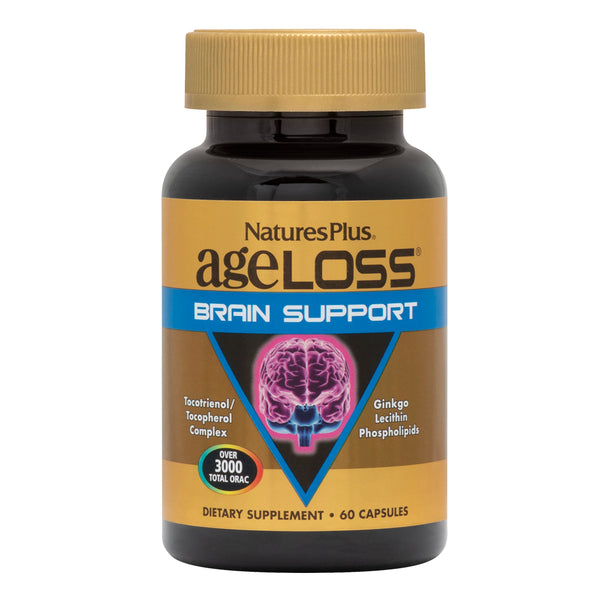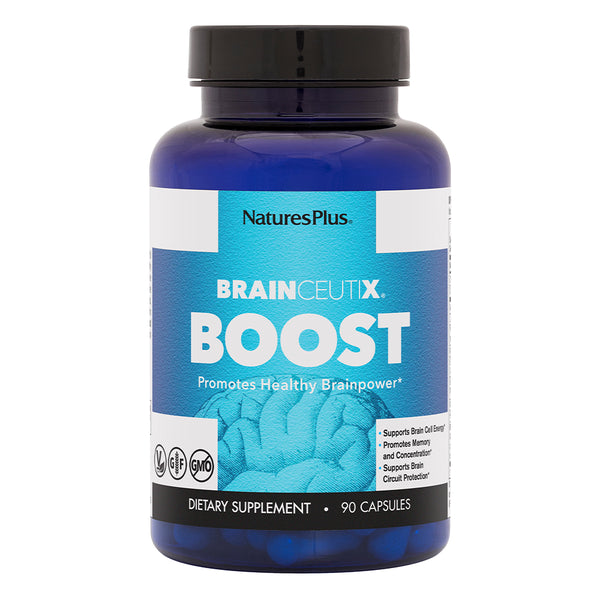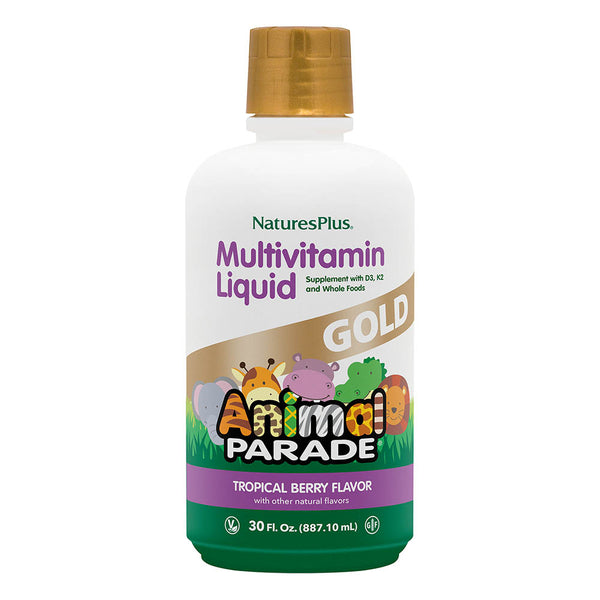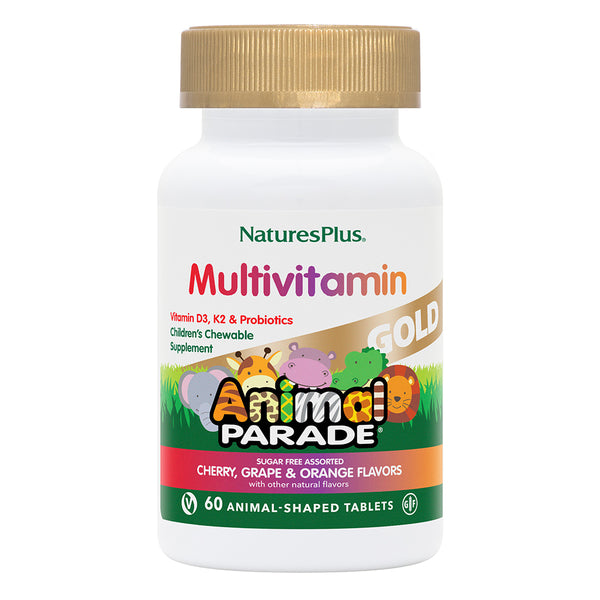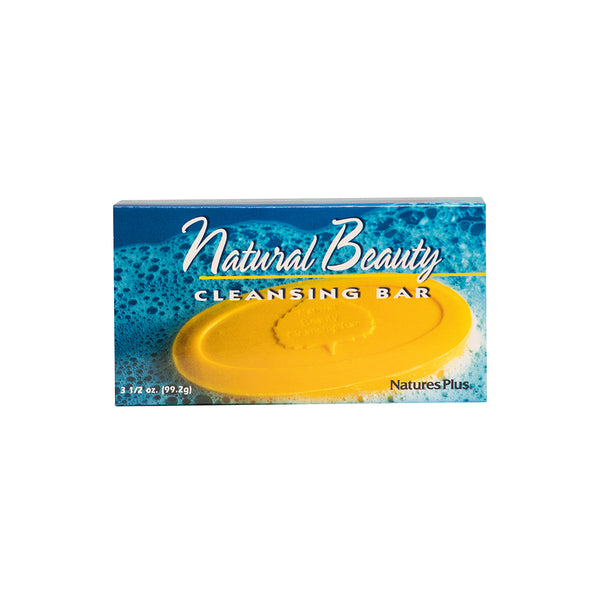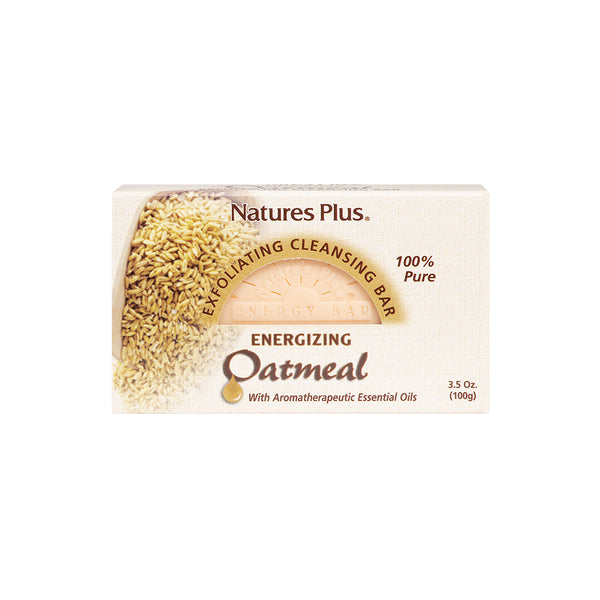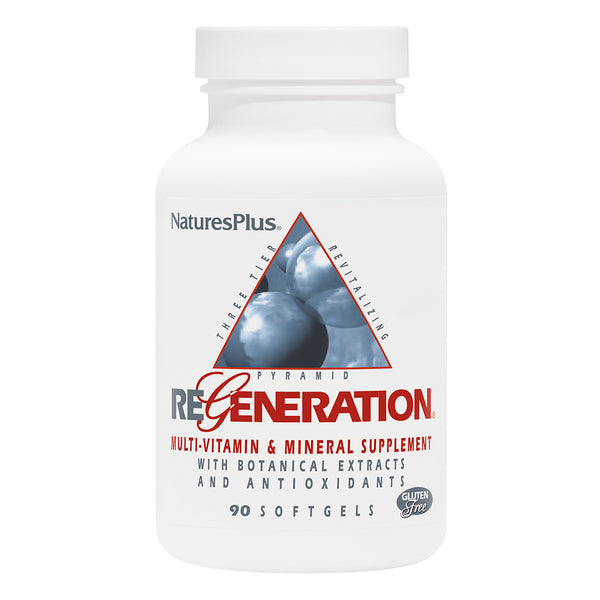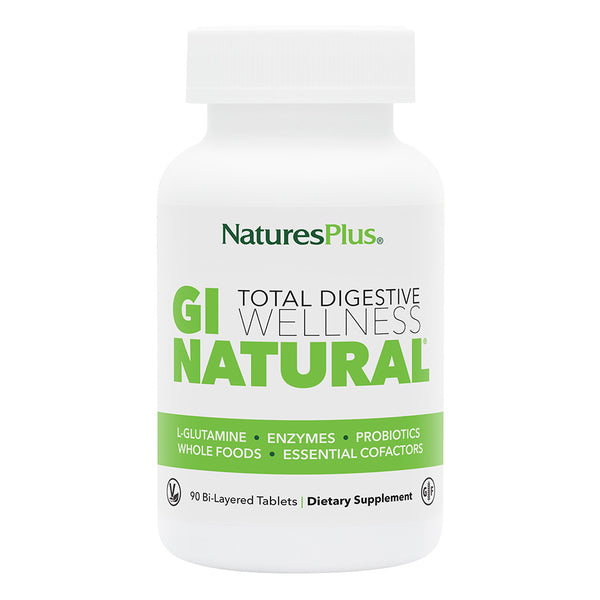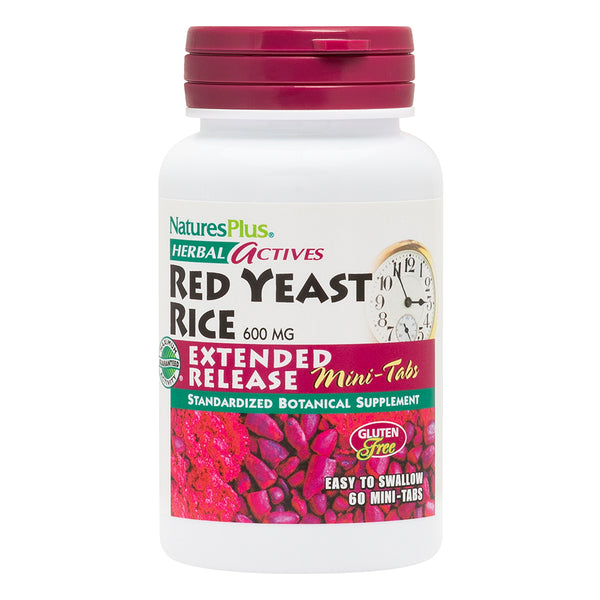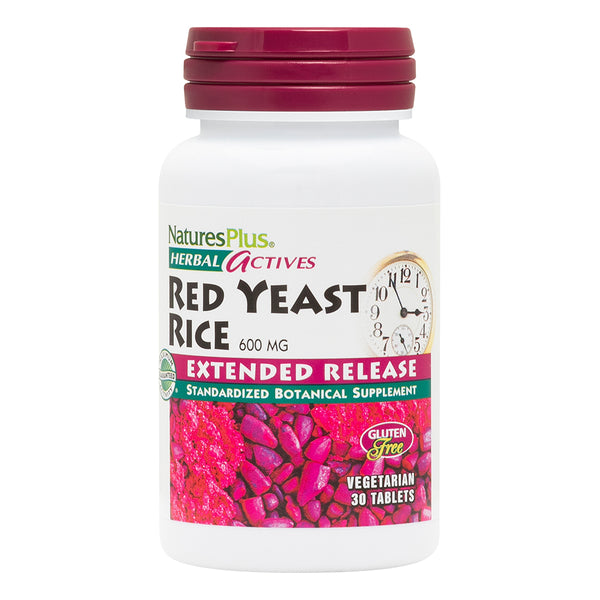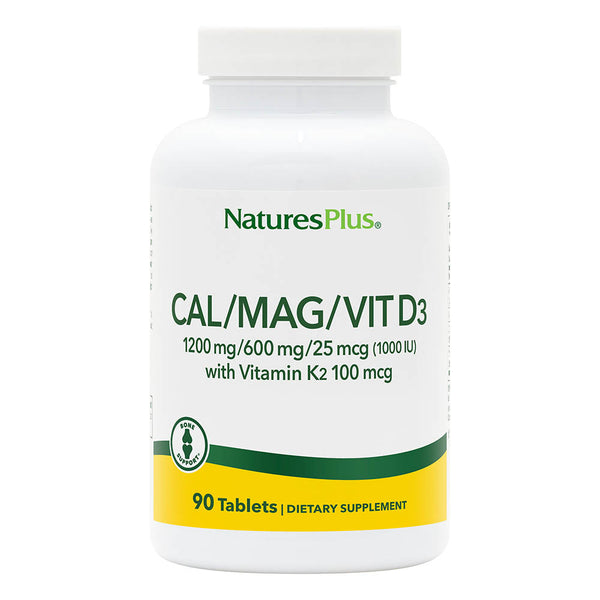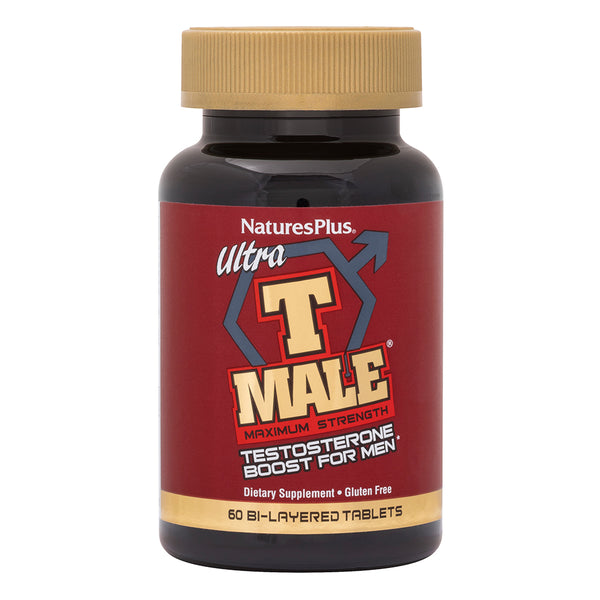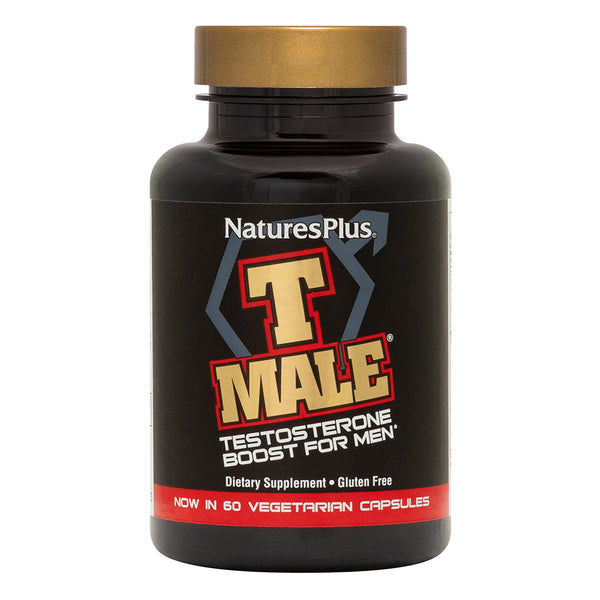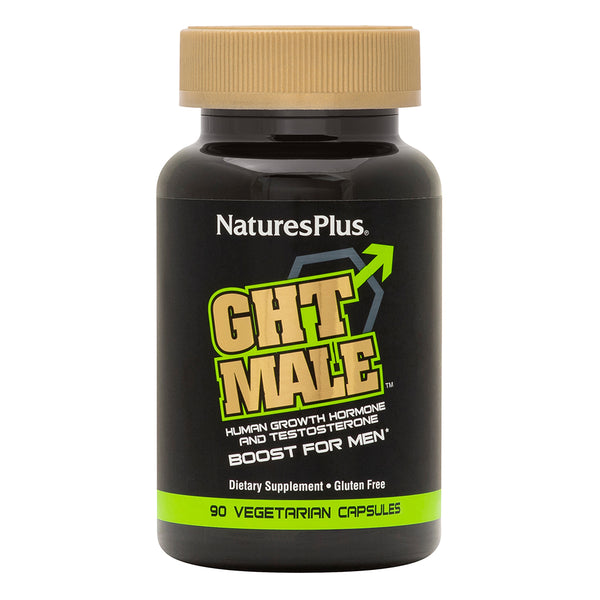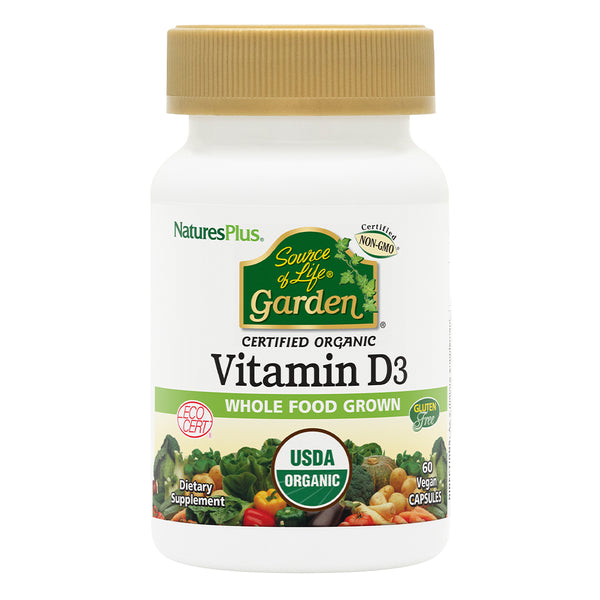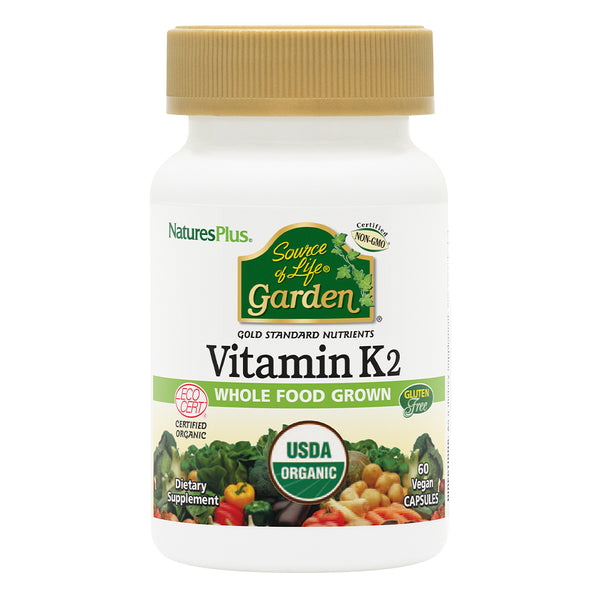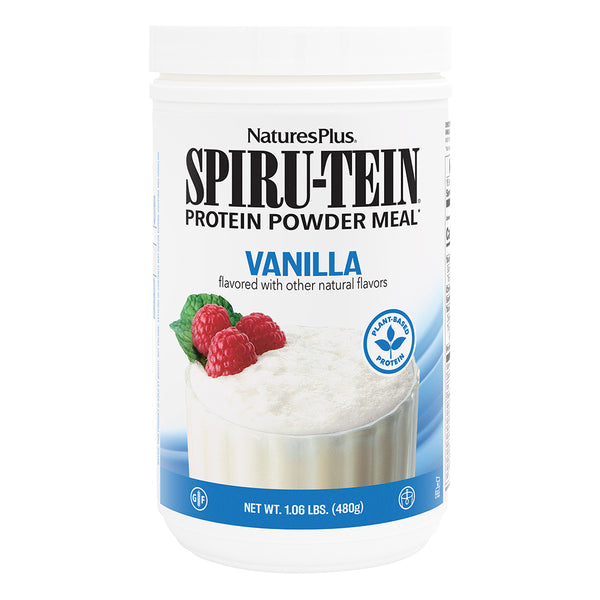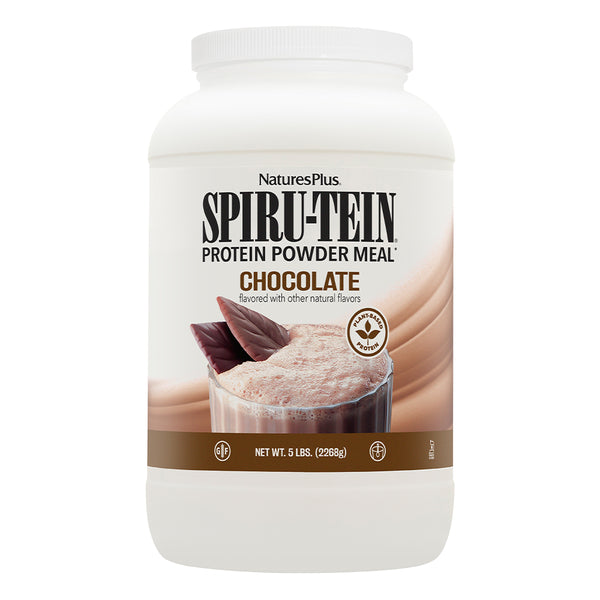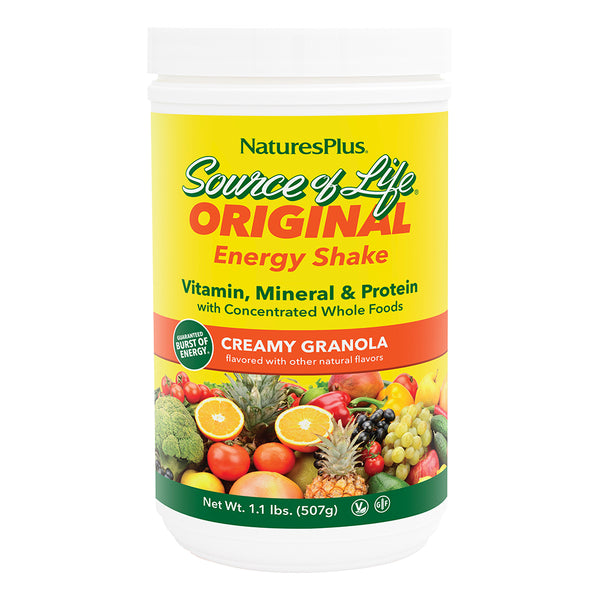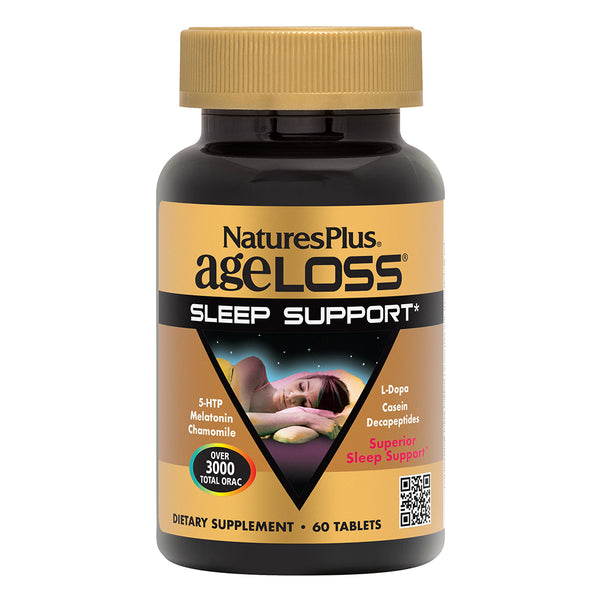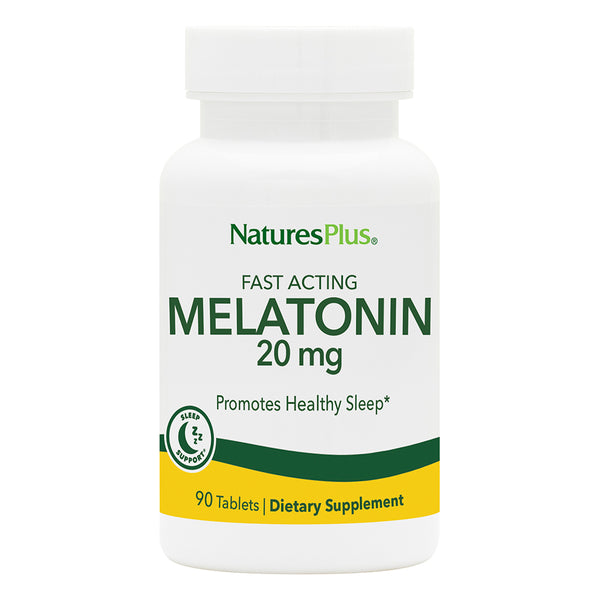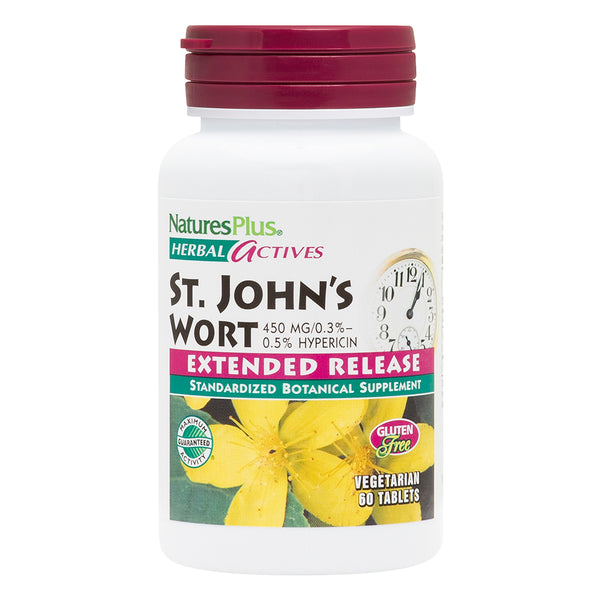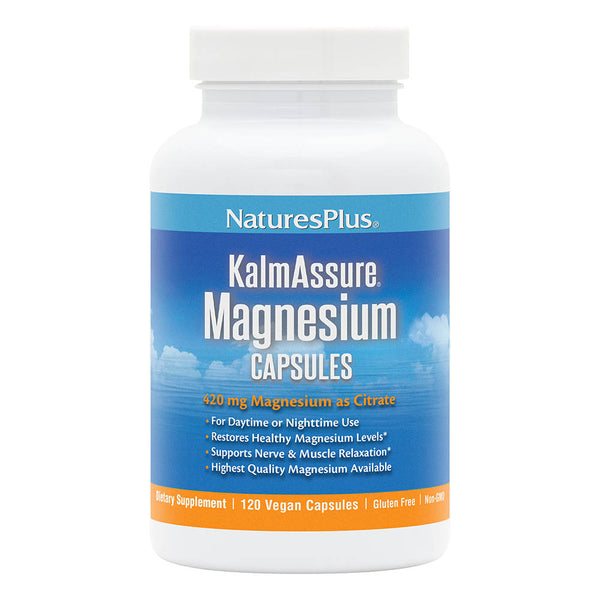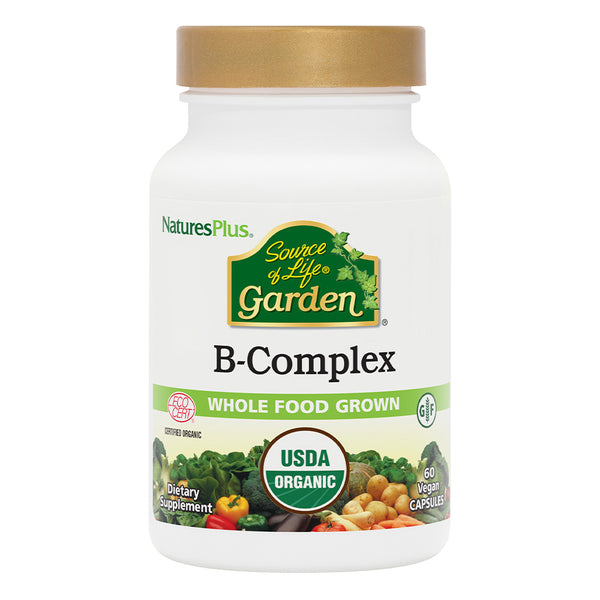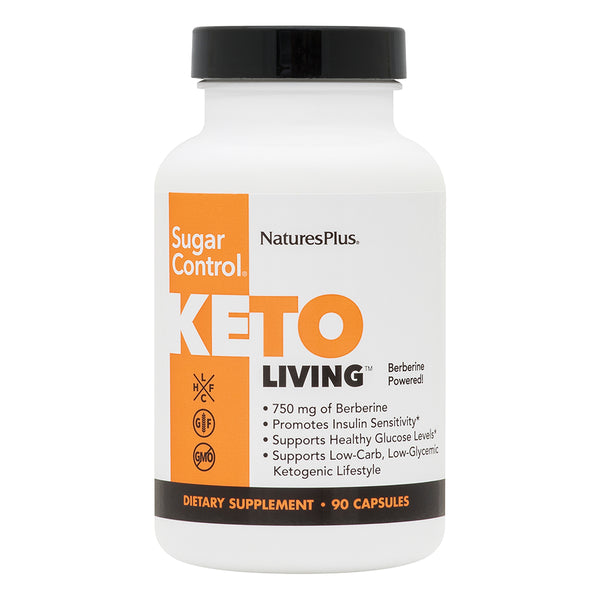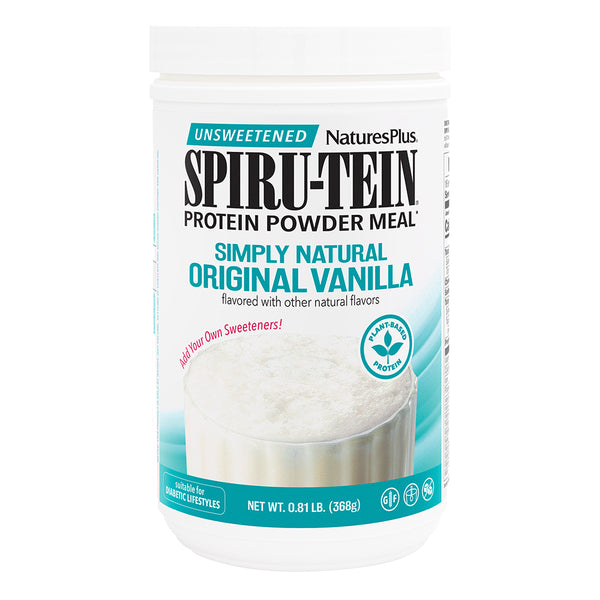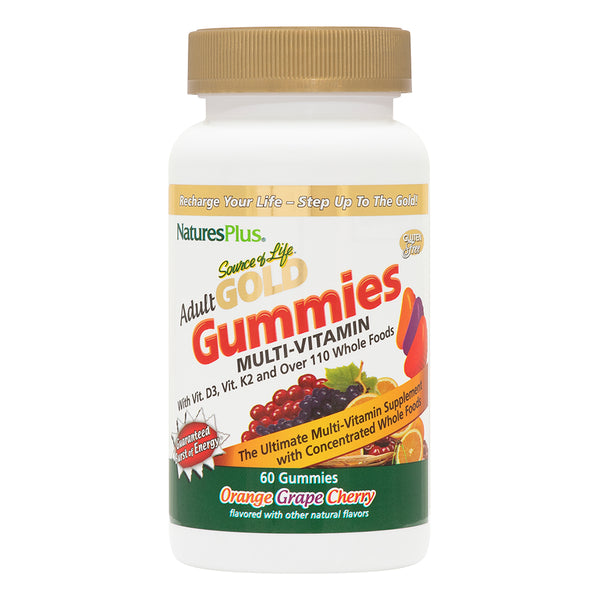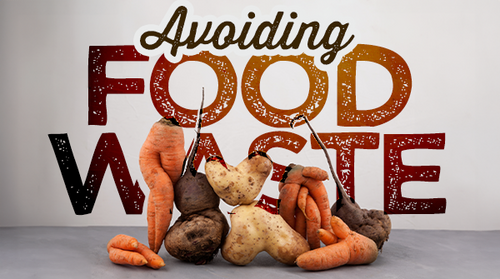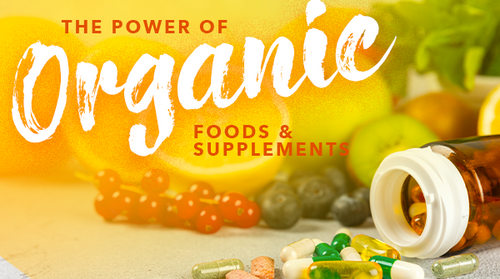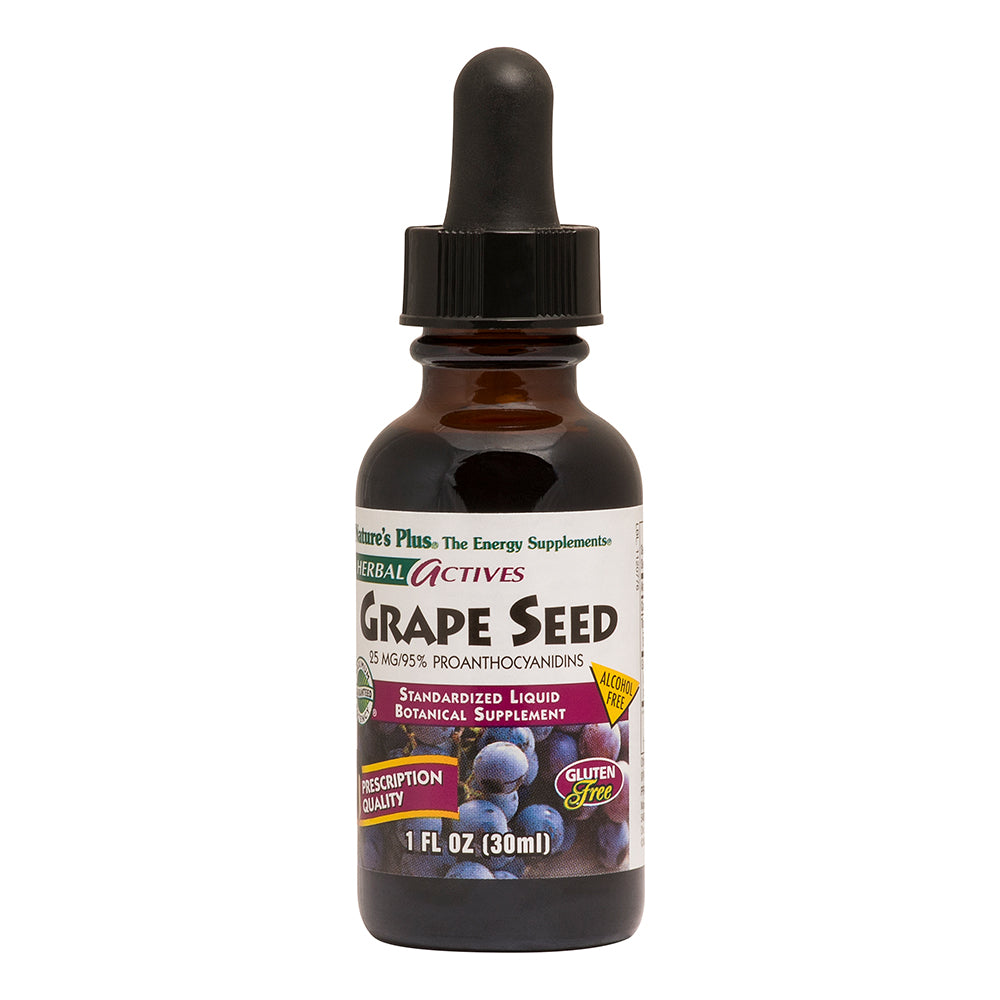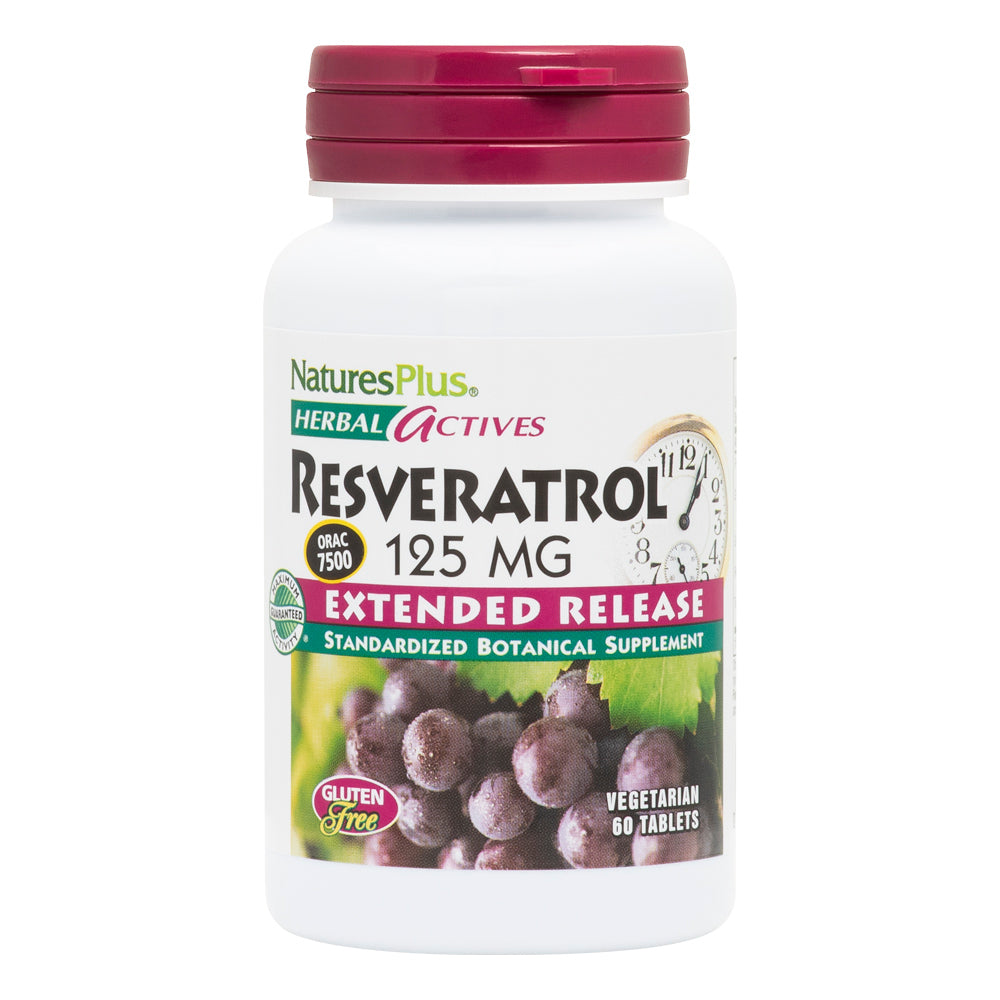Alcohol is considered a dietary negative…except for wine, which has always been something of an exception.
After all, countries that border the Mediterranean Sea—whose cuisines are held in high esteem by most public health authorities—are known for favoring wine as the dinner beverage of choice. And red wine is famous for containing substances linked to cardiovascular well-being.†The information provided is not an endorsement of any product, and is intended for educational purposes only. NaturesPlus does not provide medical advice and does not offer diagnosis of any conditions. Current research on this topic is not conclusive and further research may be needed in order to prove the benefits described. The conditions and symptoms described may be indicative of serious health problems, and therefore should be brought to the attention of a qualified healthcare practitioner.
For the most part, the only differences most wine lovers have considered crucial are those between different wine varieties: Chardonnay versus Merlot, Riesling versus Zinfandel. But now those choices have expanded beyond what varieties of grapes are grown to how they are grown.
Many wineries now feature organic vintages, those grown without artificial pesticides or fertilizers. And now along with organic varieties, sustainable and biodynamic wines have expanded sipping options for consumers with a conscience.
Here’s a rundown of these winemaking techniques. But first, let’s look at what difference, if any, organic wine represents in terms of human health.
The Benefits of Going Organic?
Does drinking organic wine confer any benefits? That depends on whom you ask.
While noting the environmental advantages of organic practices, Wine Spectator, one of the best-known magazines in the industry, says that “existing research does not indicate any advantage for organic grape-growing” in terms of health benefits for those who drink wine.
Part of the concern regarding conventional winemaking is the use of sulfites as preservatives; Wine Spectator says sulfites “are a problem for only a very small percentage of the population.” The publication also cites a French study of wine samples that “did not have detectable levels of pesticides or other chemical residues.”
Other sources, however, do advocate for health advantages in drinking organic wine.
The wine retailer Vinebox.com notes that additives used in conventional winemaking also include coloring and flavoring agents. It claims that organic wine “is most often the best expression of both the grape and also the terroir, the land and environment in which it is grown.”
Vinebox.com adds that “organic wine grapes are much healthier and therefore produce heartier skins and higher concentrations of all those good-for-you anthocyanins and antioxidants, including cardio-friendly resveratrol.”
Those are the substances that gave red wine its healthy reputation in the first place. In addition to cardiac well-being, wine has been linked to better brain, eye and gut health, among other advantages.†The information provided is not an endorsement of any product, and is intended for educational purposes only. NaturesPlus does not provide medical advice and does not offer diagnosis of any conditions. Current research on this topic is not conclusive and further research may be needed in order to prove the benefits described. The conditions and symptoms described may be indicative of serious health problems, and therefore should be brought to the attention of a qualified healthcare practitioner.
The Organic Wine Revolution
Unlike conventional wines, certified organic wines are chemical free, and are made from organic grapes grown without herbicides or pesticides.
Just like any other organic food or beverage producer, organic winemakers need to meet government standards that vary from country to country.
“If you are organically certified, you cannot use any synthetic chemical products, chemical herbicides or artificial fertilizers in the vineyard,” says Britt Karlsson, co-publisher of the online BKWine Magazine and co-author of Biodynamic, Organic and Natural Winemaking (Floris Books). “You can, however, use copper and sulfur to protect your vines against fungus diseases. You are also not allowed to use any genetically modified products.”
Instead of producing organic wine, some wineries instead choose to use certified organic grapes while still adding preservatives and other chemicals to the wine. In this case, the wines can “still be certified but in another category, such as ‘wine made by at least 70% organic grapes,’” Karlsson says. “And you may not put the USDA logo on your label.”
Up until about a decade ago, organic wines had a reputation for…well, not tasting very good.
“They had a limited shelf life,” says wine expert Sandra Taylor, author of The Business of Sustainable Wine (Board and Bench). She notes that except for using preservatives, “there was not a lot of research about how to improve shelf-life at that time.”
That reputation stuck even after well-known producers converted to organic viticulture, explains Karlsson.
“People were skeptical of organic wines, considered the organic producers to be hippies and didn’t realize that organic wines are like any other wines: There are bad ones and there are good ones,” Karlsson says. “It has mostly changed now. Now it’s trendy.”
As for flavor, Karlsson says that organic wines don’t taste different than standard ones. “The way the winemaker works in the vineyard doesn’t affect the taste of the wine,” she explains.
Producing Wine Sustainably
Wines may also be certified sustainable, which means that the winemaker follows sustainability guidelines that are dictated by an association within the industry. For example, in California, the California Sustainable Winegrowing Alliance has determined a list of guidelines that wineries need to follow for the certification process.
“Certified sustainable is becoming the predominant way that wine is being produced responsibly,” says Taylor, creator of discoversustainablewine.com. “You can still use chemicals, although there are very specific rules for what you should do. When you spray the vines with chemicals, you have to keep firm documentation of that, and it’s based on continual improvement. They are told by inspectors what they need to improve, not just about chemical use, but also about things like managing waste.”
“Sustainability is about keeping the whole production process environmentally friendly,” adds Karlsson. “Often organic is seen only as dealing with the work in the vineyard and in the cellar. To be sustainable is also to increase the biodiversity around the vineyard, to plant trees and hedges to attract birds and insects, to manage the carbon footprint and so on.”
Many organic wineries are also sustainable, Karlsson adds, though the sustainable facilities are not always organic.
Taylor says that along with the moral and personal convictions of the winemakers—many simply want to do the right thing for the environment and their surrounding communities—economic viability is also a significant driver of sustainability, as these growers and producers have a vested interest in protecting the land they depend on.
“Sustainability in the vineyard is good for the soil and preserves the viability for the future,” Taylor says. “These are often family-owned businesses, and a lot started with the growers, whose family members were applying and breathing the chemicals, so it’s what makes sense for them and their family, and the workers as well.”
Climate change, Taylor says, is the biggest worry for winemakers at the moment, since warming temperatures can have a profound effect on grape production.
As for the wine industry itself, it is “not big enough to have a major impact on the climate,” Taylor explains. “But there are things to consider like waste-reducing bottles and lighter bottles to save energy.”
Sustainability is also becoming more important to consumers, who are demanding products that are environmentally friendly.
“The sustainable movement is gaining ground and seems to appeal to a lot of consumers,” Karlsson says. “Many wine regions and countries promise to be 100% sustainable in a few years. The problem for the consumer will be to understand exactly what this means.”
The Biodynamic Option
In 1924, Rudolf Steiner, an Austrian scientist and philosopher, gave a series of lectures to German farmers who were struggling with lifeless, toxic soil after World War I.
Seen as the start of the organic farming movement, Steiner looked at a farm as a whole, made up of different working parts all affecting its overall health. Steiner also warned that chemical fertilizers would harm every aspect of our food source, and he looked at ways to eliminate them.
The Biodynamic Association observes that Steiner “brought forth a unique and comprehensive approach to soil, plant, animal and human health that recognizes the importance of the healthy interplay of cosmic and earthly influences.”
“Steiner developed ways that they could bring life back to the soil using no chemicals,” Taylor notes.
While some might seem standard and relatable, some of the biodynamic practices that Steiner developed are offbeat to say the least. Taylor points to one Oregon group of biodynamic winemakers who refer to themselves as “Voodoo Vintners.”
Taylor offers some examples of the more mystical guidelines that include using chamomile and stinging nettle to make a tea applied to crops according to the cycles of the moon; taking the horn of a lactating cow, filling it with manure and prescribed herbs, burying it on a certain day, digging it up months later, and using the contents to spray vines; and filling a goat’s bladder with certain herbs and hanging it on a tree facing a certain direction.
“When you ask a biodynamic producer, they say all of this brings energy from the universe,” Taylor says. “You can imagine someone who has studied and gotten their degree might not agree; they are a scientist. But the thing is, it works. The proof is in the wine and the land and the soil.”
All biodynamic wines are also organic; to truly be biodynamic, a farm should also be self-sustaining, meaning that everything added to the soil, such as natural fertilizers, comes from that farm, Karlsson explains.
“Most wineries have no place for animals, however, so a certain modernization of the interpretation of Steiner’s ideas from the 1920s has been made,” Karlsson adds, noting that because he died just a year after presenting his ideas for biodynamic farming, other people have continued Steiner’s work. “The aim is to revive the soil and to nourish it. Many farmers also take into account the cosmic rhythm when they plan their work in the vineyard.”
“Some people say it [biodynamic winemaking] is organics on steroids,” Taylor adds. “A lot of organic producers start as organic and shift to biodynamic because being organic is really expensive—it takes three years to become certified. And some producers are adding biodynamic practices but are not 100% biodynamic.”
As wineries and consumers become more committed to the environment, organic, sustainable and biodynamic wine options are growing at a steady pace.
“Overall, organic and sustainability are here to stay. Their shares of the market will no doubt increase,” Karlsson says. “There is also a continued interest in biodynamics among producers. Some of them see organic as step one and biodynamic as step two.”
Taylor believes that the sustainable side of the winemaking industry has the potential to grow more rapidly than others. “It’s more of a balance of energy use, less water and social responsibility in the community where you do business. It reduces chemical use in growing; it’s just more comprehensive.”
†The information provided is not an endorsement of any product, and is intended for educational purposes only. NaturesPlus does not provide medical advice and does not offer diagnosis of any conditions. Current research on this topic is not conclusive and further research may be needed in order to prove the benefits described. The conditions and symptoms described may be indicative of serious health problems, and therefore should be brought to the attention of a qualified healthcare practitioner.The information provided is not an endorsement of any product, and is intended for educational purposes only. NaturesPlus does not provide medical advice and does not offer diagnosis of any conditions. Current research on this topic is not conclusive and further research may be needed in order to prove the benefits described.
The conditions and symptoms described may be indicative of serious health problems, and therefore should be brought to the attention of a qualified healthcare practitioner.
Like this article? You’ll love our weekly newsletter
sign up here!
**These statements have not been evaluated by the Food and Drug Administration. This product is not intended to diagnose, treat, cure or prevent any disease.
